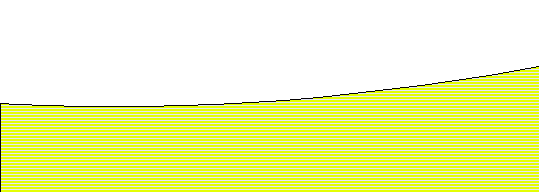







 |
|||||||||||||||||
 |
 |
||||||||||||||||
 |
 |
 |
 |
 |
|||||||||||||
Learn About Patterns
This tutorial was written based on these principles: it must be short enough to motivate you to read it it and finish it. At the same time, it must be long enough to provide you with a minimum of knowledge and arm you to discuss and analyse patterns without confusing the different concepts and overcrossing the limits that are fixed between them.
I opted for these solutions to satisfy all readers:
You can avoid links if you think you've understood: this way you can have shorter reading.
I provide examples for every pattern to make you feel more the utility and the intent of every concept.
I warn you about other patterns you could confuse with the actual one and provide you with the main set of differences to draw a broad outline of the border of every one.
I took advantage of UML to represent structures in a standard way, if have no idea about UML you should undersand them anyway: relations are explained immediately after the sheme. Shemes are drawed with the free source project ArgoUML.
Keep in mind that almost every concept is mirrored through interfaces, so don't bother with them in the UML shemes, just remember they are present to declare structures, so you can remember the structure without them and add them at the end.
Another important thing is that I will not cross the patterns alphabetically but I will begin with the more granular evolving to the composed ones. The same naming as in Rational Rose is imployed for all patterns and explanations to allow you an easier integration in the professional domain.
I hope you will apreciate this tutorial, if it's the case, I will enjoy if you “offer” me a mail :-).
 |
 |
||||||
 |
 |
||||||
 |
|||||||